Equestrian Arena Surfaces
When choosing an arena surface, you need to consider a variety of factors to ensure it will fulfil your equestrian needs. We offer a choice of arena surfaces suited to a wide range of equestrian disciplines and personal budgets.
For more information, or if you need advice, feel free to get in touch and request a free quote and we will be happy to help. Alternatively, feel free to request a callback.
Request A Call BackOr call us on 01564 794020
Our Equestrian Surfaces Range
FLEXIRIDE™
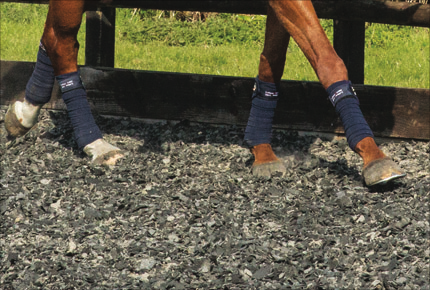
FLEXIRIDE™ is the recognised all-in-one surface. We believe it to be the most economical and versatile surface available on the market to date.
View FlexirideTURFFLOAT™
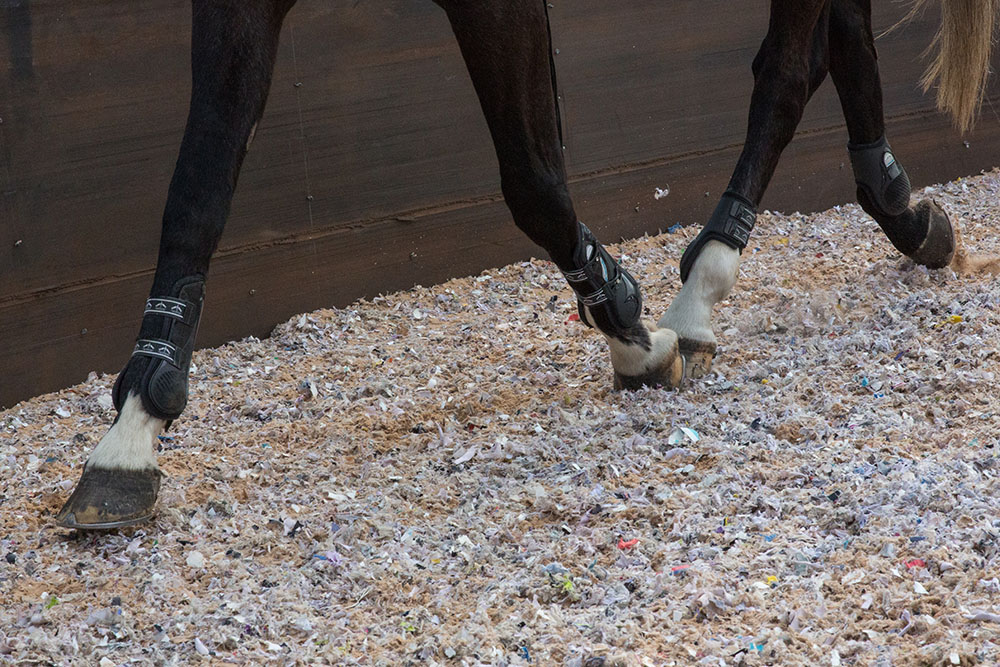
TURFFLOAT™, the same fibre as used at the World Equestrian Games and Olympics, combined with Equisilicasand, is the ultimate performance surface from Equestrian Direct.
View TurffloatEquisilicasand™
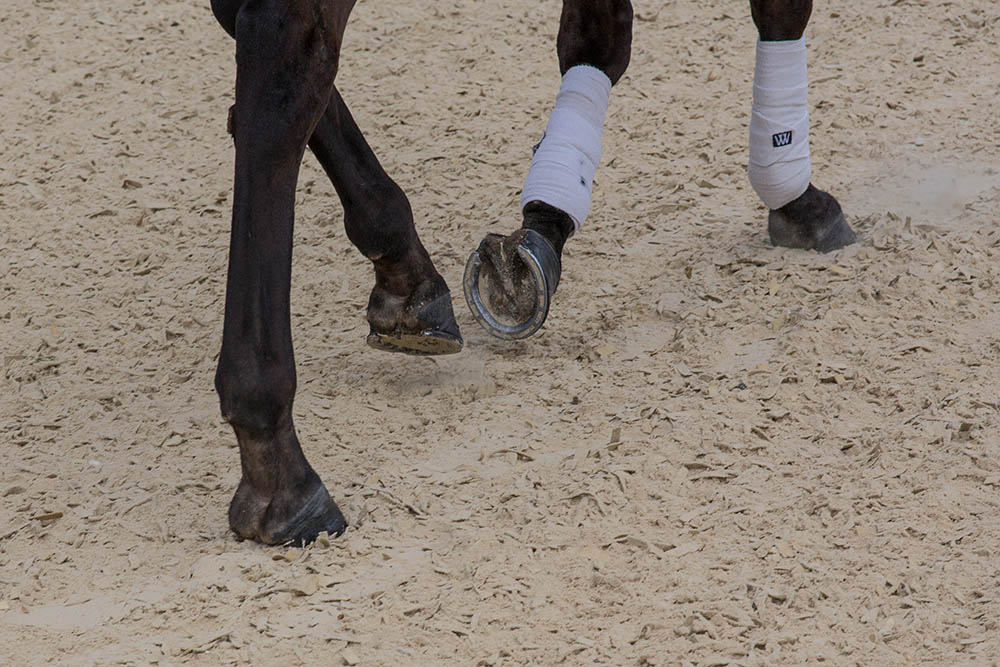
The basis of any good arena. Our range of top quality silica sands has been carefully sourced to give maximum hoof support. Ideal for use with our Turffloat™, Flexiride® and Equiride surfaces.
View EquisilicasandEquiride™
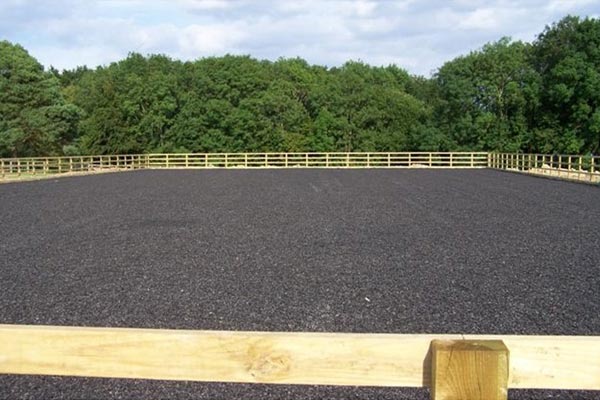
Equestrian Direct offer several types of advanced synthetic rubber surfacing in the Equiride Range . There is an Equiride rubber to suit every discipline and every budget.
View EquirideEcoarena™
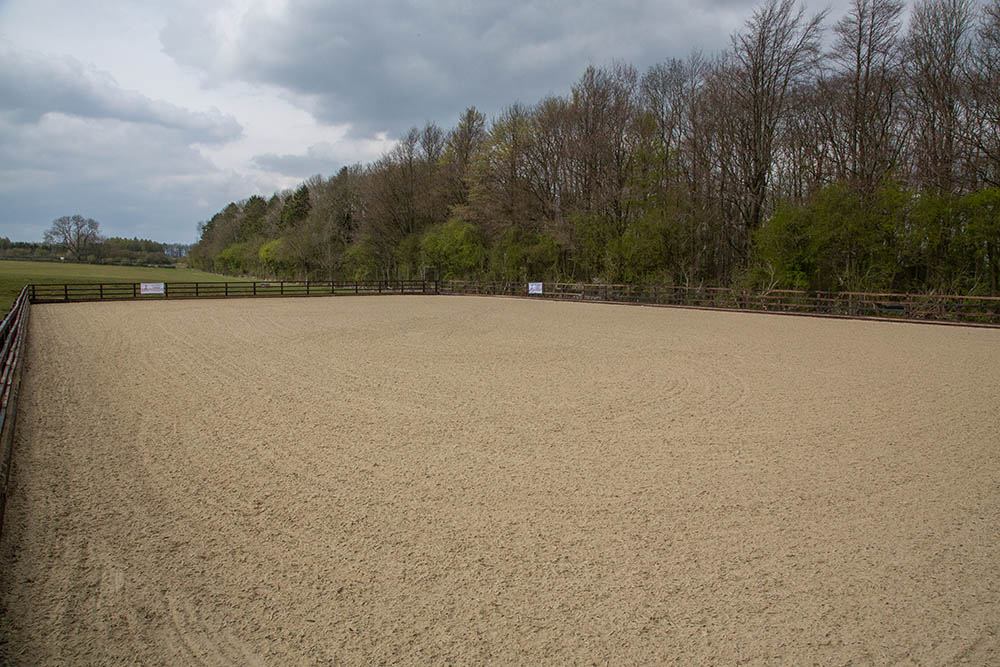
The Ecoarena system developed by Equestrian Direct has revolutionised the arena market. Using equicushion and our exclusive equitex-drainsystem membrane.
View EcoarenaEquitex™

Equestrian Direct are able to provide a range of woven and non-woven membranes, as well as our unique Equitex-drainsystem membrane for use in the Ecoarena system.
View EquitexWe supply all equestrian surface types suitable for all weather conditions. Equestrian Direct is at the forefront of introducing new products and innovation into the market. Through rigorous assessment and evaluation, products of only the highest quality and exceptional performance enter our equestrian surface product range. We are continually developing our range of equestrian products, to suit every requirement and budget. We operate from our equestrian research and development centre in the Midlands which has arenas completed with different surfaces.
The Equestrian Direct national network of manufacturing plants, depots and quarries is considerable and therefore we are able to combine the widest possible product range in arena surfaces supplied and other equestrian products with excellent availability. We have the capacity to deliver and install products and services to customers large and small across the UK and Europe.